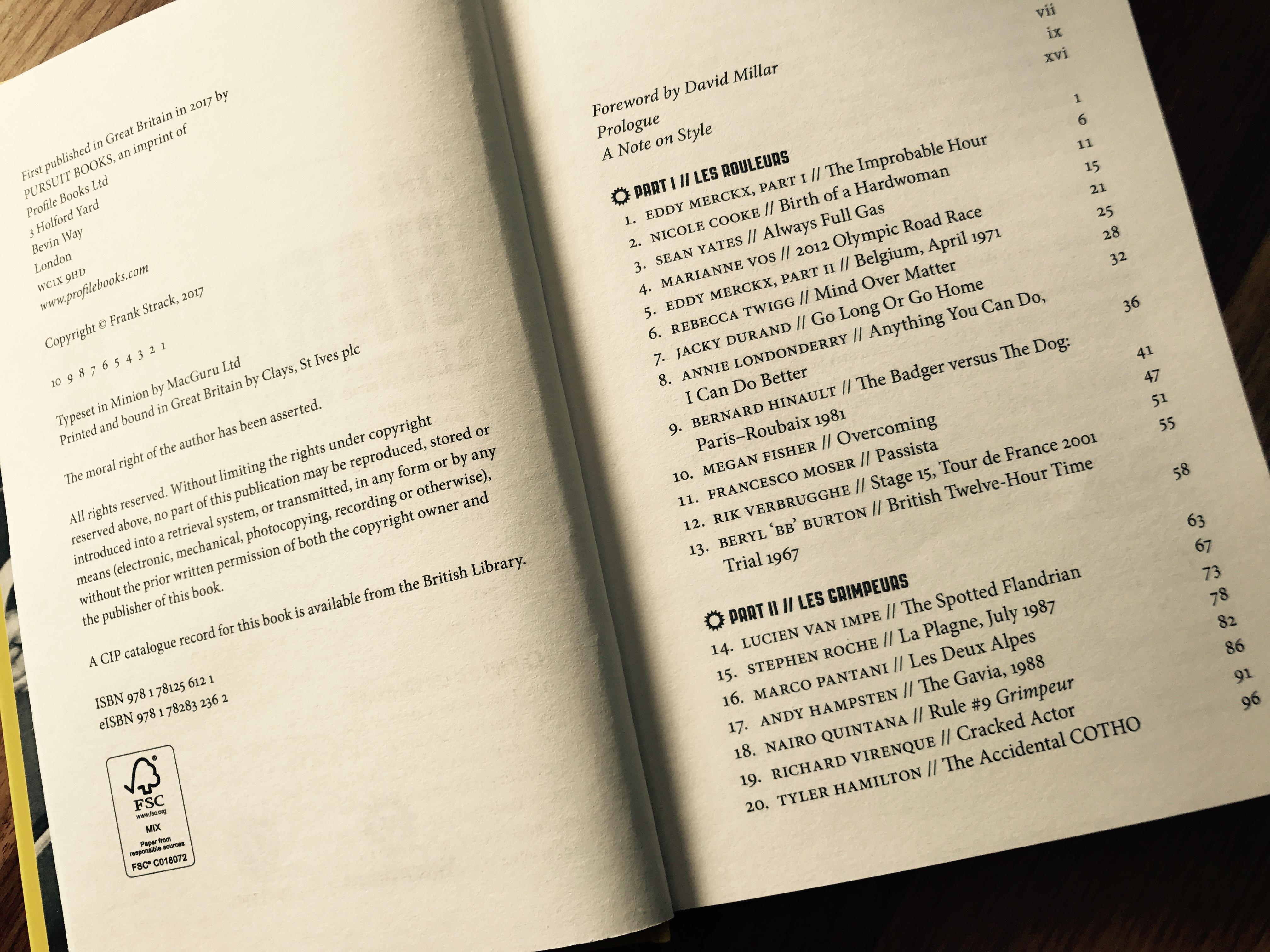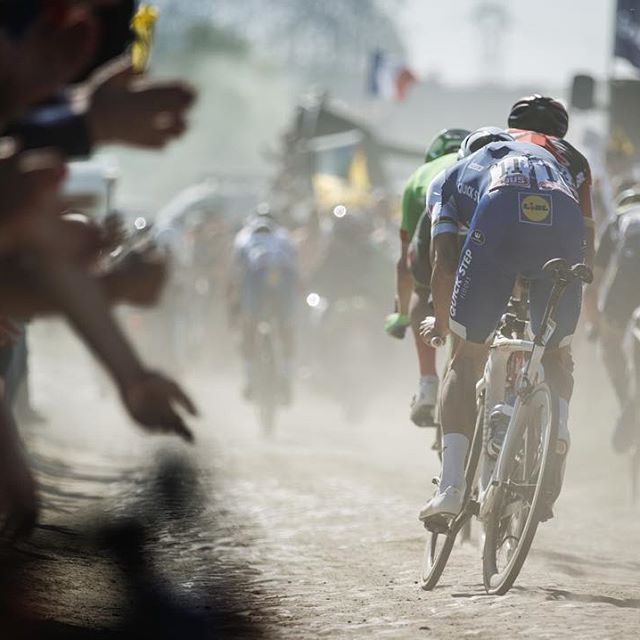Look Pro, Part I: Three-Point System

Aesthetics have always played a major role in my quest to become a better athlete. On the surface, this may seem a ridiculously vain assertion, but for me, the reality is that looking like a pro makes me feel like a pro, and when I feel like a pro, I’m motivated to ride like a pro. After all, the mind controls the body, and if the mind believes something, it can shove it right down your body’s throat. This phenomenon plays a big part of why I love riding in weather that merits knee warmers, cycling caps, and shoe covers; when my head drops down in a swoon of agony, the sight of my flahute-looking legs and feet, framed by the water dripping from the brim of my cycling cap helps me find the motivation to lift the pace a bit more.
Central to this quest of looking Pro is the ability to look good when you place objects on your head, like helmets or cycling caps*. It’s actually quite easy to look good in these things, provided you follow a simple set of guidelines, known as The Three-Point System. Many people simply plop a piece of head wear on their heads without regard for how it is positioned on their orb-like noggins, and with little appreciation of how entirely idiotic it might make them look. Seemingly innocent mistakes such as placing it askew or tilted backward being the most common breaches of good taste, the most egregious allowing hair to be visible between the forehead and said head wear.
The Three-Point system was devised out of necessity when I was in high school on the Nordic ski team. A ski hat being perhaps the most difficult hat to look good in, my fellow teammates would commonly pull theirs down over their head to cover their ears, and would happily go about their business completely unaware that they looked as though they had an unfortunate encounter with a large woolen and overripe fruit. Through an iterative process of counseling and advising them on what adjustments to make to position the hat correctly, I stumbled upon this standardization which seems to almost universally yield Awesome results.
There are three main contact points on the head that contribute to looking fantastic while wearing something fundamentally ugly on your head: the eyebrows, the tips of the ears, and the nape of the neck. (In this case, the nape is referred to as the point where the skull meets the neck, not the hairline.)
Point 1: The Eyebrows. Your forehead is your enemy when it comes to looking cool in hats or helmets. You know who rides around with a big swath of exposed frontal cranium? The guy in the YJA, riding in the Sit Up and Beg Position, that’s who. Keep this gap to a minimum at all times; helmets and backwards cycling caps should be worn close to the eyebrows and expose no more than a centimeter of forehead, as demonstrated by Der Kaiser and Il Priata. A forwards-facing cycling cap should have the lowest point of the brim intersect with the horizontal line connecting both eyebrows, as demonstrated by the late Franco Ballerini.
Point 2: The Ears. Consider the ears the pivot point of your head wear. Keep your shit level and close to the ears; helmets and caps are to be worn just above the ear, winter hats should cover just the tips of your ear.
Point 3: The Nape of the Neck. Under no circumstances – ever, no matter what – is any part of your head wear to wander down below this threshold. EVER. With modern helmets, the cranial locking mechanism should secure around this part of your melon; a cycling cap or ski hat should flirt with the upper reaches of this area.
As if you needed any further convincing, I leave you with some examples of the proper execution of the Three-Point system, along with some tragic failures.
[dmalbum path=”/velominati.com/content/Photo Galleries/frank@velominati.com/Three Point System/”/]
*Obviously, this is only applicable within the parameters as laid out by Rule #22.

